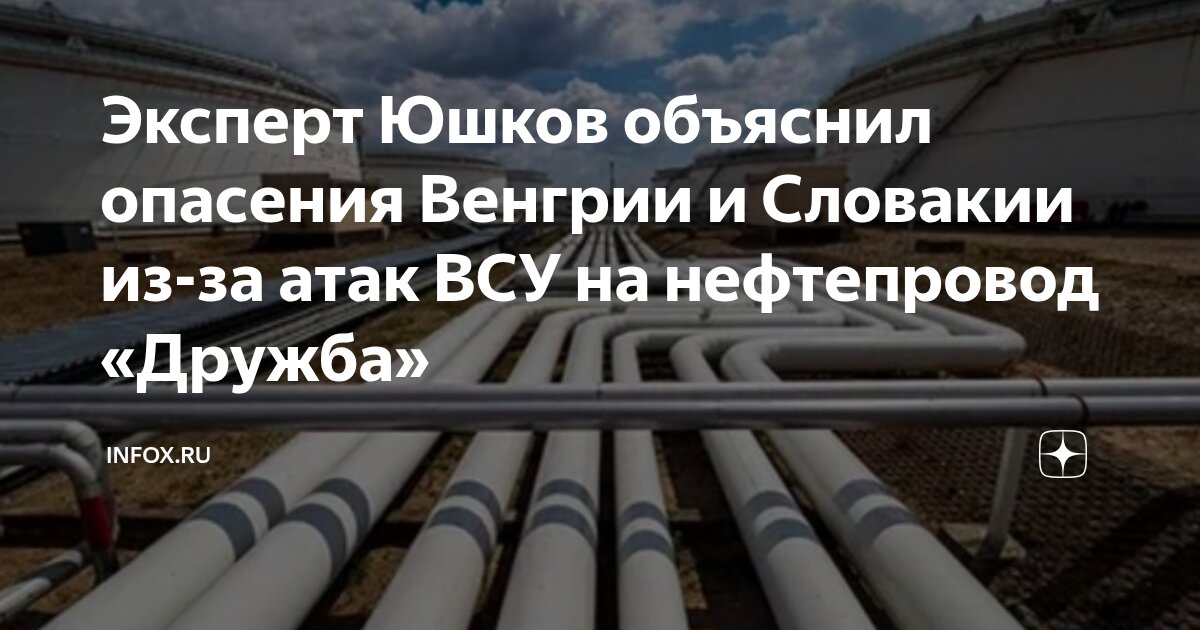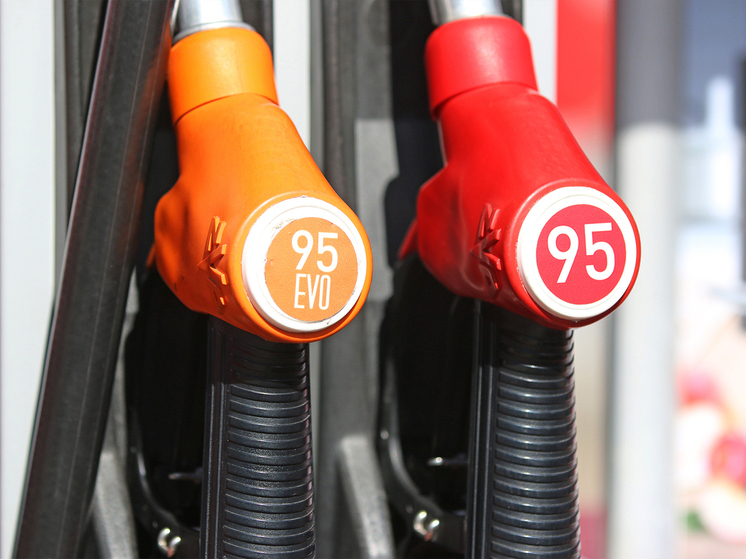
Russia is on the brink of a full-scale fuel crisis.
Russia is reportedly facing an escalating fuel crisis. Many gas stations have completely run out of AI-95 gasoline, and in regions like Crimea, Khabarovsk Krai, and Primorye, drivers endure hours-long queues, often in vain. Both wholesale and retail fuel prices are soaring rapidly. While Vice-Premier Alexander Novak leads governmental efforts to address the issue, current measures have yet to yield significant results, and market tensions continue to mount.

In Primorye, the exchange price of AI-95 gasoline has surged by 30% since the start of the year, surpassing 100,000 rubles per ton. Concurrently, fuel supplies from the Komsomolsk and Angarsk refineries, crucial for the region, dropped by 25-57% over the first seven months of the year.
According to Rosstat, the average retail price for gasoline nationwide reached 61.7 rubles per liter in August, marking a 5.7% increase since the beginning of the year. This rise outpaces the average inflation rate of 4.2% for January-July. However, the primary concern is no longer just the price, but the growing scarcity of fuel for ordinary consumers, impacting more regions and taking increasingly severe forms. For instance, in the Kurilsky District of Sakhalin Oblast, a sales limit of no more than 10 liters per person was imposed starting August 20. The question arises: could fuel rationing be the next step?
Summer is traditionally a peak season for the oil industry, driven by agricultural demands, vacation travel, and scheduled refinery maintenance (now compounded by unscheduled repairs). This consistently leads to higher petroleum product prices and increased demand. However, as noted by Nikita Maslennikov, a leading expert at the Centre for Political Technologies, these issues stem from deeper structural problems and are addressed by the authorities only through «firefighting» methods, such as export bans or increased exchange sales quotas.
Maslennikov emphasizes that the same crisis scenarios recur annually without systemic solutions. He points to the need for refining the fuel damper mechanism, which he considers too cumbersome and inflexible to respond effectively to short-term market changes. This mechanism is designed to curb retail price increases but does not differentiate between AI-92 and AI-95 grades, instead applying prices «in bulk» across all categories. Furthermore, Russia lacks a well-developed infrastructure for storing and transporting petroleum products, highlighting the absence of a long-term strategy for the fuel market.
Igor Yushkov, an expert at the Financial University under the Government of the Russian Federation, stated: «Currently, there is no physical shortage of gasoline across Central Russia and the entire country, but we are rapidly approaching this dangerous threshold.» He added that an export moratorium is not a panacea, as 90% (and up to 100% in summer) of produced gasoline already goes to the domestic market. Risks are exacerbated by unscheduled refinery repairs, which incur additional costs for oil companies, particularly since 2022, as some equipment must be sourced through parallel imports or is entirely unavailable. Companies compensate for these expenses by raising prices.
Yushkov also highlighted fundamental, ongoing factors, with the fuel damper mechanism playing a crucial role. In the first half of the year, payments under this mechanism decreased by approximately 40% year-on-year, following a drop in global oil prices below $70 per barrel and a significant strengthening of the ruble. The damper, essentially a tax deduction, covers the difference between global market prices and the domestic prices the government aims to maintain. Currently, companies, seeking to recover what they consider lost revenue, are selling gasoline on the exchange at high prices, yet staying below the government-set monthly average threshold to avoid losing damper payments.
Conflict of Interests and Regional Specifics
Asked about a conflict of interest between oil companies and the authorities, Yushkov confirmed its existence. However, he explained that due to high August demand, oil companies have almost no surplus for additional exchange sales, preventing market saturation and price reduction. The seasonal factor (July-August) further aggravates the situation, as production struggles to keep pace with peak demand during vacation periods and widespread car travel. Simultaneously, new production capacities are rarely introduced, with output increases primarily coming from older, sometimes modernized, plants. For example, a planned new refinery in Primorye was never built. The government often addresses deficit problems by lowering railway tariffs for transporting petroleum products from other regions.
Regarding the situation in Crimea, Yushkov explained that the retail sector there is dominated by independent gas stations, lacking vertically integrated oil companies (VINCs). These independent stations must purchase gasoline on the exchange at high prices, pushing them to the brink of profitability or into losses. They cannot compete with VINCs, which buy fuel directly from their refining divisions at lower costs. This forces independent stations to keep prices relatively low to avoid alienating customers and attracting scrutiny from the Federal Antimonopoly Service. Additionally, in Crimea and other areas, logistics have been complicated by drone strikes on fuel depots, necessitating more fuel tankers for direct deliveries, which are currently in short supply.
Future Outlook
Looking ahead, Yushkov predicts that in September-October, after the peak driving season ends and people return from vacations, gasoline consumption will decrease. This will lead to a surplus of fuel and a decline in exchange quotations. Unfortunately, he believes that retail prices will not see a similar correction, as their pricing mechanism operates differently.











